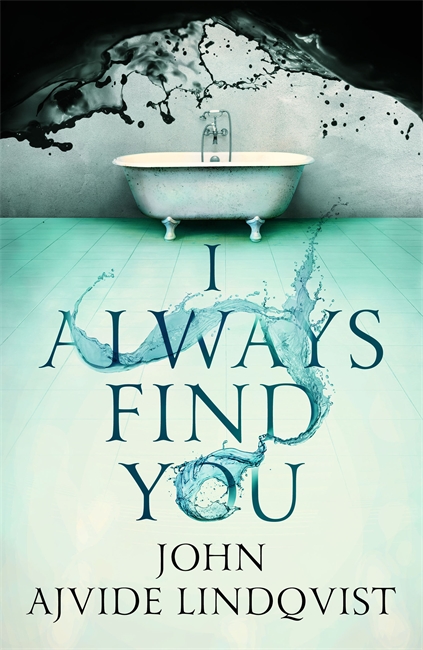Swansong by Kerry Andrew
A musical review
Kerry Andrew is a musician with four British Composer Awards to her name. As a ‘contemporary
classical’ composer she has written choral works which subtly subvert the tradition. As her
alter-ego You Are Wolf she
(re)interprets folk songs in a contemporary, electronica-tinged idiom. Andrew's
first novel, Swansong, is inspired by a folk ballad and shares some of the
concerns and methods of her musical projects.
The novel's feisty protagonist and narrator is Polly Vaughan, an English literature undergraduate who, by her own admission, is more into booze, drugs and sex than into literary theory. After she experiences a disturbing incident in London, Polly joins her mother Lottie on an extended holiday in the Western Scottish Highlands. Polly hopes that this will help ease her feelings of guilt and inadequacy.
Plans, however, soon go awry. For a start, her
attempts to build new friendships and relationships seem to fail miserably.
Moreover, the natural environment, beautiful and wild as it is, also comes
across as decidedly uncanny. Right on her arrival she spots a strange man
pulling a bird apart in the dead of night. And as the days roll on, she starts
to have increasingly strange and unsettling visions which cannot be easily
explained away as the effects of weed on a heavy conscience. Could something
otherworldly really going on?
What makes the style of this novel particularly distinctive is the stark contrast between the fresh, contemporary (and sweary) narrative voice and the elemental, mythical and timeless symbolism which underpins the story. This is not the only dichotomy present in the novel. Indeed, the book often presents us with opposites which turn out to be closer to each other than may be obvious at first glance. "Dead / Not Dead", the mantra which Polly repeats to herself, starts off as an expression of guilt and, by the end of the novel, attracts a deeper meaning. There are similar contrasts between the urban and the natural, the human and the animal, the old and the new.
Andrew also manages to combine seemingly disparate genres. This is, at heart, a supernatural novel, a reworking of a timeless myth. But it also has elements of the psychological thriller, the crime story and the Bildungsroman. It is also a nature novel where the landscape itself becomes a central character. Somehow, it all manages to gel.
If I have any criticism of the novel, it is that sometimes the metaphors pile on top of each other, giving the impression that the author is trying too hard to come up with an unusual or striking image. To be fair, however, Polly is herself a whimsical literature student and so the unconventional narrative voice is in character.
What I do know is that when I finished Swansong, I suffered withdrawal symptoms, which does not often happen to me. That is when I realised how much I enjoyed this eerie but beguiling novel.
Published: January 25, 2018
***
Of musical journeys
Listening to Kerry Andrew’s music provides an interesting
counterpoint and, possibly, a different perspective to her literary work. What it certainly carries over from her
novel is her seamless mix of different genres.
She is classically trained, and her first British Composer Award was for
a choral work called “Fall”. Works for
choir are still an central part of her musical oeuvre. I particularly like the motet “O Nata Lux”, performed and recorded in this video by the London Oriana Choir as part of the five15 project
Another concern of Kerry Andrew is writing for young and/or amateur
performers. One of her works, composed for the Wigmore Hall, is the community chamber opera “Woodwose”, which won her
another British Composer Award in 2014. Her
latest British Composer Award win was in the Music for Amateur Musicians
category, for a
piece featuring the massed National Youth Choirs of Great Britain, premiered at
the Royal Albert Hall in 2016 : “who we are”
Just as important to Andrew is her work as the artist “You
Are Wolf” (youarewolf.com) under which name she has released 2 albums. The first one “Hawk to the Hunting Gone”
explores the theme of birds in folklore and includes a track called Swansong.
Here’s a live performance of Cuckoo:
Kerry Andrew’s interest in folklore goes beyond a love of
ballads and traditional songs. She has
recently written an erudite article for the brilliant Folklore Thursday website on swans
in myth and folklore. It features
several references to her debut novel and its sources of inspiration. But it does contain some spoilers – so perhaps
the article works better as an “afterword” after the novel has woven its spell.






















